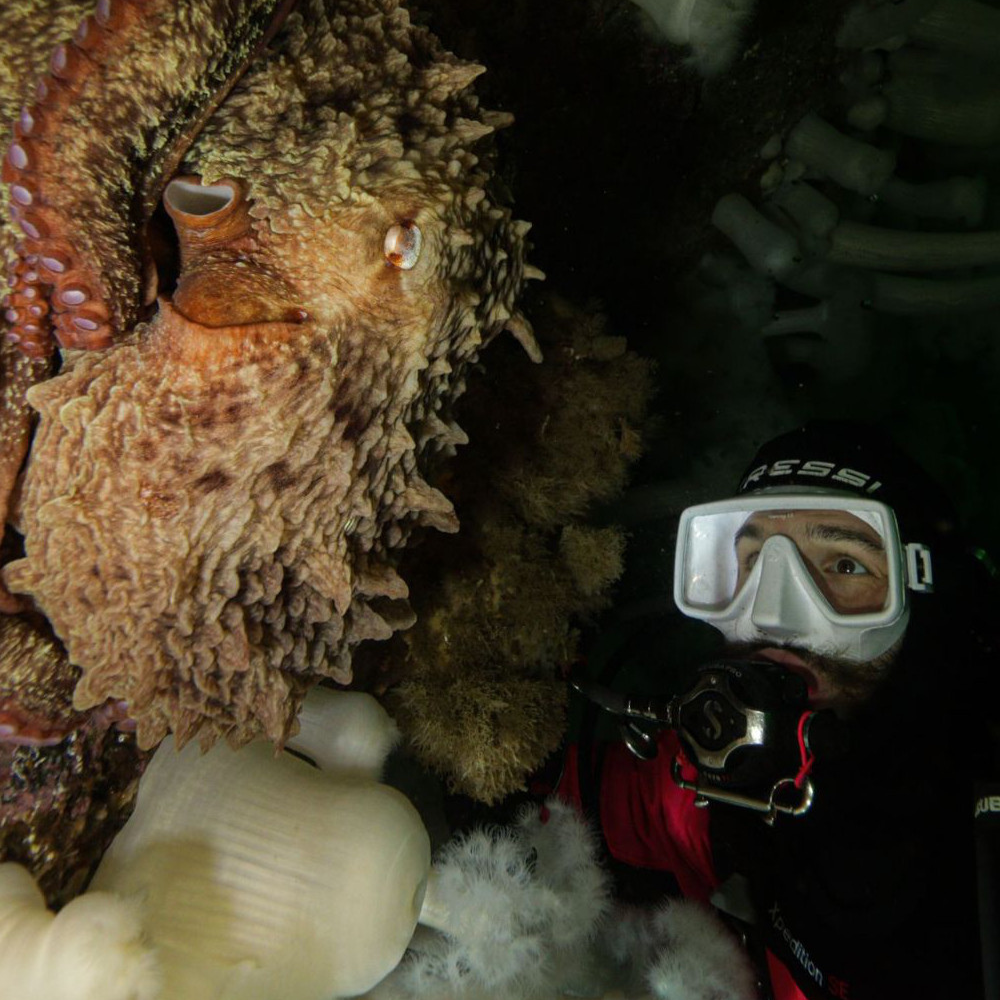Tips On Setting Up Your Sidemount Tanks
Sidemount scuba diving has become increasingly popular for divers in Vancouver, and more people are making the switch. Once you’ve completed your training, there’s still a learning curve when it comes to getting comfortable with the gear. Setting up sidemount tanks and regulators can seem fiddly at first, but with the right approach it quickly becomes second nature.
Sidemount Diving Essentials
Each sidemount tank relies on three key components: a necklace loop of paracord or nylon rope, hose retainers, and a tank band with a bolt snap. The necklace should be slim, strong, and just big enough to slip over the valve. Avoid bulky cord or anything stretchy—thin paracord works well and won’t interfere when clipping the tanks on or off. Always melt the rope ends into the knot so it can’t unravel.
For hose retainers, you have two main options. Rubber straps sit flat against the tank and hold securely, but they can tear easily and are hard to stretch when you’re wearing dry gloves. Six-millimetre bungee cord is often a better choice for cold-water diving in Vancouver: it’s durable, easy to size, and can be pulled open even with thick neoprene or dry gloves. The trick is to cut it shorter than you think you’ll need—once tied, the stretch provides the snug fit that keeps your hoses in place.
Tank bands come in two styles. Cam bands are quick to adjust and easy to handle, though they’re bulkier. Stainless steel bands are lower profile and very secure, but require a screwdriver to tighten. In both cases, the bolt snap should be tied on with a small paracord loop, positioned so the snap gate lines up with the tank handle. This helps keep the valve parallel to your body and prevents the tank from rolling.
Positioning Your Tanks and Regulators for Sidemount
Proper positioning makes sidemount diving feel balanced. Tanks should sit snugly beneath your arms, with the band and bolt snap roughly level with the waist strap on your harness. This keeps your range of motion clear while holding the tanks tight to your sides.
When attaching your regulators, always face them inward for protection—especially important when exploring overhead environments or tight spaces. Route hoses cleanly through the retainers, and keep the SPG pointing down and back where it won’t catch.
As a rule of thumb, use one hose retainer on the left tank and two on the right if you’re running a traditional long-hose/short-hose setup. Divers using equal-length medium hoses may prefer two retainers on each tank for extra security.
Why Sidemount Practice and Training Matter
The appeal of sidemount scuba diving is its flexibility. Once you’ve learned the fundamentals, you can adapt the system to your body and your diving style. Small details—like band height, bolt snap length, or hose routing—make a big difference underwater.
At Diving Sports, our sidemount courses cover everything from equipment setup to in-water skills. Whether you’re just starting out or refining your configuration, we’ll help you get it right. With proper training and a bit of practice, you’ll find sidemount not only manageable but one of the most rewarding ways to dive in Vancouver and around the Pacific Northwest!
And if you are interested in learning sidemount, check out our Sidemount Speciality Course coming up this month.
For a closer look at how to set up your sidemount tank rigging, check out dive instructor Drew show you how it is done in this video!












